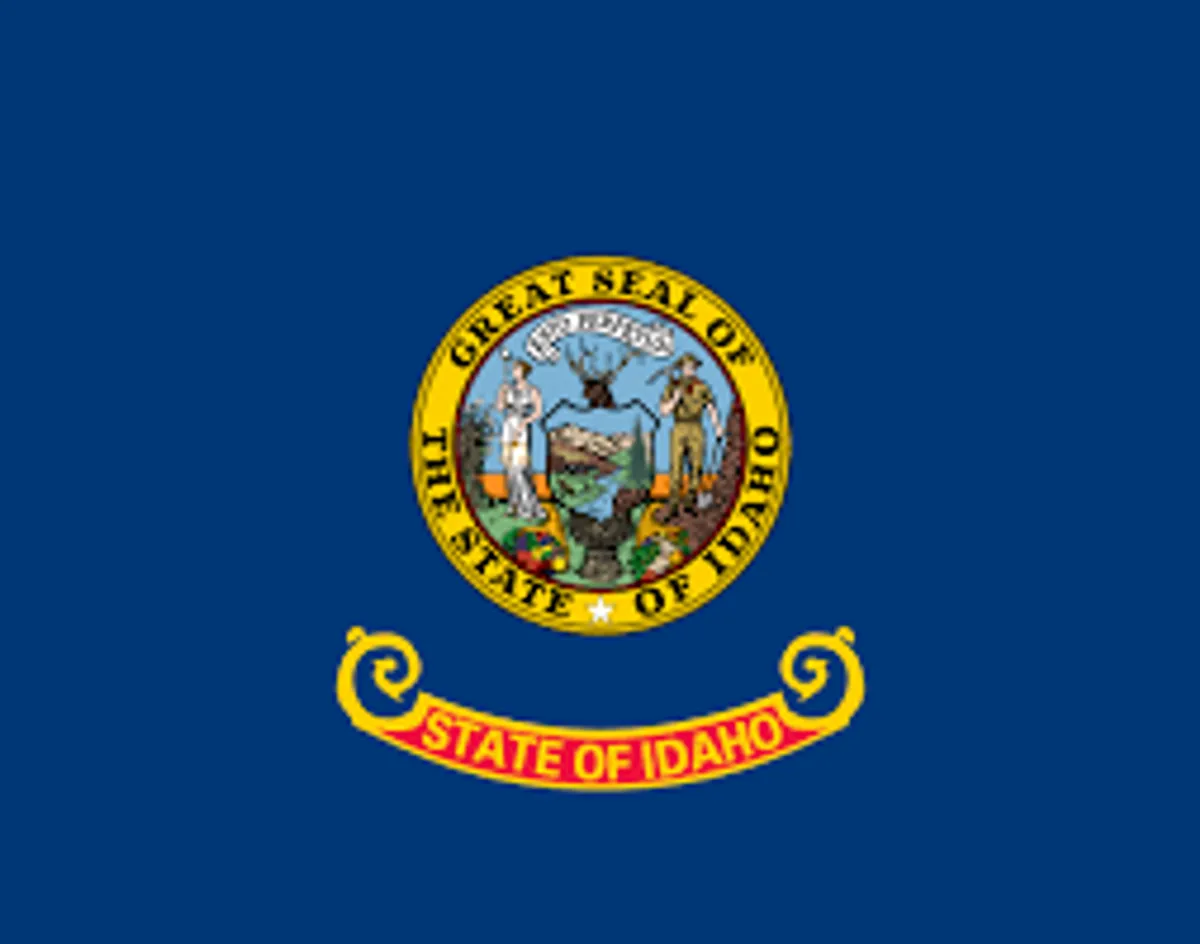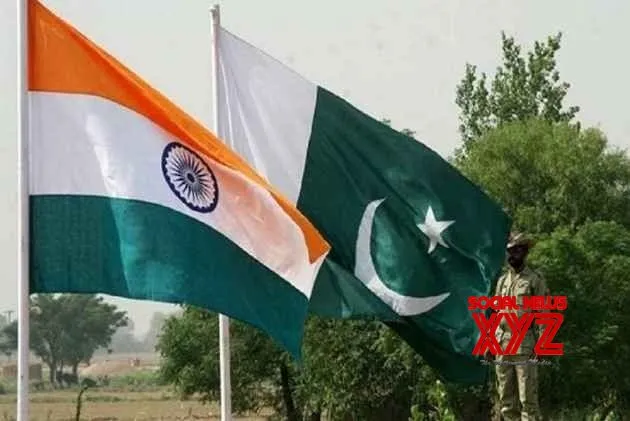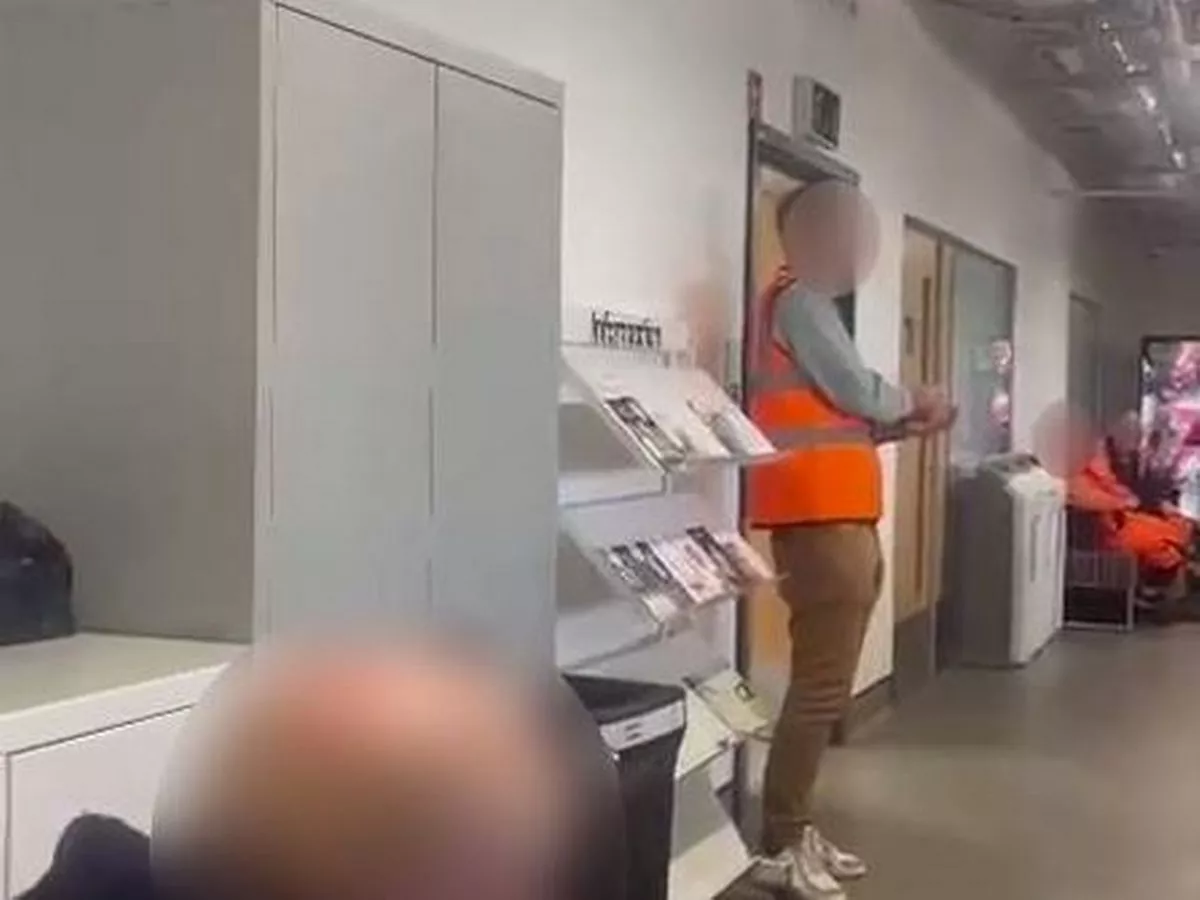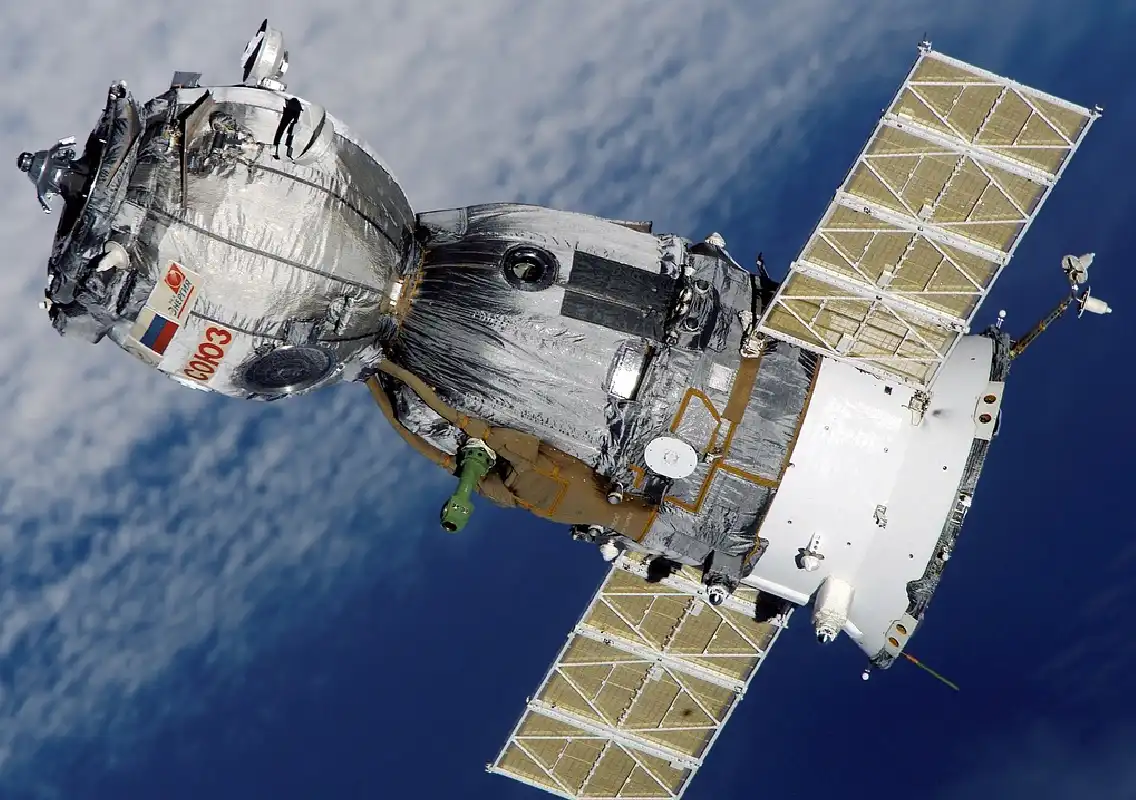Copyright Lewiston Morning Tribune

In the wake of news that food stamps would be cut next month, Dawn Pierce, a Boise resident who works for a hunger prevention nonprofit, has heard it all: confusion about the change, fear of speaking out and risking the loss of other benefits, and anger for being treated as “pawns” in the government shutdown by federal lawmakers. But one case has stuck with her the most — a woman with five children, whose husband died of cancer years ago, and who called Pierce crying when she heard the shutdown would halt the Supplemental Nutrition Assistance Program, or SNAP, Pierce recalled. Federal officials announced they would stop distributing funds to keep the food aid going in November because of the shutdown, after President Donald Trump decided not to draw from contingency funds that would have provided some additional money to the program. One in 15 Idaho residents is on SNAP, often called food stamps, and will be affected by a delay in payments from the U.S. Department of Agriculture, Pierce said. Some other states, including Illinois and Massachusetts, have pledged to find the money in their state budgets to keep SNAP running until the federal government comes back online. But the Idaho Department of Health and Welfare has no plans to do so, said AJ McWhorter, a spokesperson for the department. In a news release, the department instead said it “must temporarily delay issuing and processing SNAP benefits for the month of November and beyond” until federal funding resumes. Food pantries can step in — but not for long In the meantime, the department advised the over 130,000 Idahoans affected to visit food banks, food pantries and soup kitchens. That will meet people’s needs in the short term, said Idaho Foodbank CEO Randy Ford. The food bank and its over 400 community partners around the state, who rely almost entirely on donations from Idaho companies and residents to distribute food, serve hundreds of thousands of the state’s residents each month. But they can’t step in for the federal government forever, he said. “Long term, we couldn’t fill that gap or take the place of SNAP,” he said. “The capacity of nonprofits in general can’t absorb these safety net (programs) because the scale just simply isn’t there.” SNAP is also a far more efficient form of food aid than food banks. For every meal that a food bank serves, the dollars for SNAP serve nine, Ford said. He attributed that to the federal government’s ability to operate at a larger scale, and to the fact that people on SNAP can choose exactly what they need at grocery stores, rather than relying on what has been donated to a food pantry. Even under normal circumstances, November usually sees some of the highest demand for food aid, he said, with heating bills going up and kids out of school, without access to free and reduced-price meals. “Couple that now with a reduction in safety-net services such as SNAP, and there could be impacts to other services as we move forward, if (the shutdown) extends,” Ford said. “It’s not the best scenario.” In Idaho’s ‘bootstraps’ culture, some in need avoid food aid Pierce herself spent months on SNAP after she was laid off in 2010. At the time, she agonized over the decision to sign up for food assistance, she told the Idaho Statesman. With no income, unemployment benefits that were slow to take effect and a teenage son at home, she could bring herself to go to a food pantry only once. She was sure, she told the Statesman, that others needed the food more than she did. When she finally decided to sign up for SNAP, she cried for an hour in the parking lot of the Idaho Department of Health and Welfare. Pierce, who remained on SNAP for 17 months, now works at Hunger Free America, a nonprofit that works to end hunger in the U.S., including by running a “hunger hotline” for the U.S. Department of Agriculture that connects people with food assistance. It was at work that she learned of the impending pause to SNAP benefits. Recalling how it would have felt to receive that news when she was on SNAP, Pierce said she would have been gutted. “I would have been in absolute tears.” SNAP recipients are often running low on funds by the end of the month, she said, so the late October news that there may be no benefits in November comes at an already vulnerable time. At the end of the month, “you sit there at the computer at 2 in the morning, hitting refresh, refresh, refresh, waiting for your SNAP benefits to hit,” she said. “I can’t imagine currently being a SNAP recipient and having no clue if I’m going to be able to fix dinner in a week and a half.” Pierce acknowledged the stigma around accepting food aid, especially in a conservative state like Idaho. “We have to feed people while they’re learning how to fish, and we have to help people buy their boots so they have bootstraps to pull themselves up with,” she said. She said she’s seen others in her shoes avoid accepting aid — but urged people losing access to SNAP benefits to get the help they need. “It’s not shameful to ask for help,” she said. “If somebody is not going to get their SNAP, please go to a pantry. Go to a soup kitchen, go to your church, go anywhere, talk to your friends and neighbors. It’s OK.” How to access to food aid in your community If you or someone you know needs help accessing food, text “food” to the National Hunger Hotline at 97779, call 1 (866) 3-HUNGRY or visit https://idahofoodbank.org/get-help/getfood.



